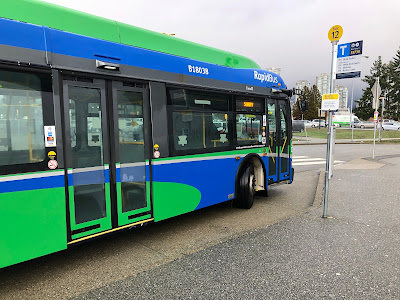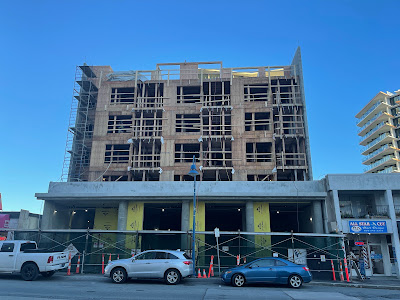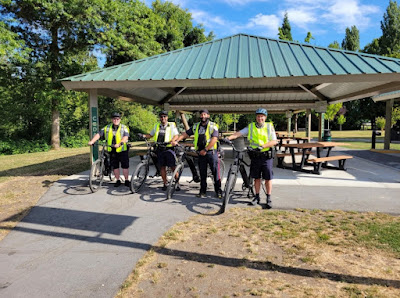Yesterday was the third Christmas Wish Breakfast at Newlands Golf & Country Club, supporting the Langley Christmas Bureau. The Bureau provides a food hamper, toys, and books for families in Langley City and Township who otherwise could not afford it. The goal of the Christmas Bureau is to raise $250,000 this year to support Langley families this holiday season as the number of families accessing the Bureau is growing.
The Christmas Wish Breakfast started at 6:30 am yesterday with the RCMP and Langley City Fire Rescue Service piping in Mr. and Mrs. Claus. Newlands Golf & Country Club management and staff had a hot breakfast buffet ready. It was amazing to see all the support of businesses both locally and throughout Metro Vancouver to make the event possible. Even the paper plates and cultural (which came from Langley City based manufacture) were donated.

|
| Mr. Claus, who looks very similar to former Langley City Councillor Rudy Storteboom |

|
| People enjoying the breakfast buffet. |
Beyond the tasty breakfast, people could enjoy live music and entertainment.

|
| Live entertainment from the Langley Ukulele Ensemble |
The Langley Christmas Bureau is an official committee of Langley City. Langley City staff and volunteers put in countless hours to make sure everything runs smoothly from the breakfast, to finding sponsors, to helping family signup, and to distributing the food, toys, and books. It is genuinely a whole community effort.

|
| Some of Langley City Council in front of the Holiday RMC Readymix Truck, one of the sponsors of the breakfast |
The generosity of our community was on full display yesterday, with people dropping off a mountain of toys and providing donations.

|
| One of the many toy Christmas Trees full of donated gifts |
If you want to support the Langley Christmas Bureau, there is still time. Visit the Bureau's website today and learn how you can help make Christmas a little bit merrier for every family in Langley.

















